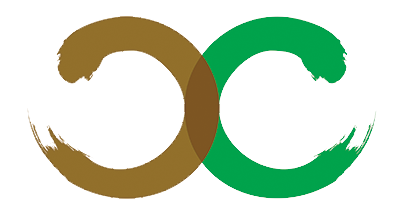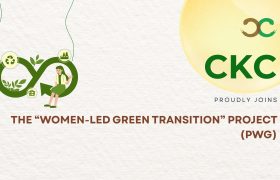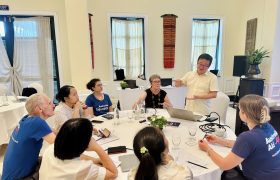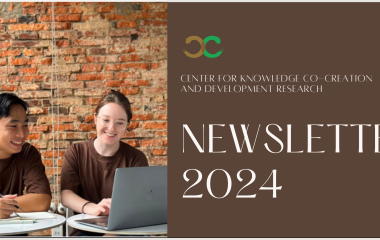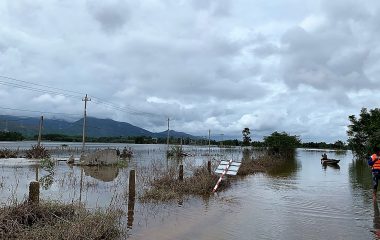Life of Plastic – The hidden story of ‘convenience’ and ‘cost savings’
- 3 July, 2024
- ckcvietnam
Have you ever wondered about the life cycle of a plastic product? On International Free Plastic Bag Day, which falls on July 3rd, let’s join CKC to explore the various stages of a plastic product’s life cycle to understand the trade-offs related to their convenience and perceived cost savings.
- Extraction, refining, and production: Before reaching consumers, plastic products undergo extensive chemical transformations from vast fossil fuels. The process of extracting, transporting, and refining can annually release up to 12.5 million tons of greenhouse gases into the environment, with an additional 184 to 213 million tons emitted during production.
- Distribution and consumption: Globally, approximately 300 million tons of plastic are distributed and consumed each year, with more than half being disposable items. On average, a plastic bag is used for just 12 minutes before disposal.
- Disposal and recycle: Despite prevalent eco-friendly messaging on product labels, only about 2% of plastic waste is effectively recycled*. The majority is either incinerated, buried in landfills, or ends up in oceans. It is estimated that a plastic product takes more than 1,000 years to decompose.
Landfilling, incineration, or recycling has never provided a sustainable solution for managing plastic waste. Genuine environmental progress will only be achieved when we relinquish the convenience of plastic products.
*Effective recycling: Refers to the process of recycling plastic products back into materials suitable for their original use, though this can only be done once before the downcycle.
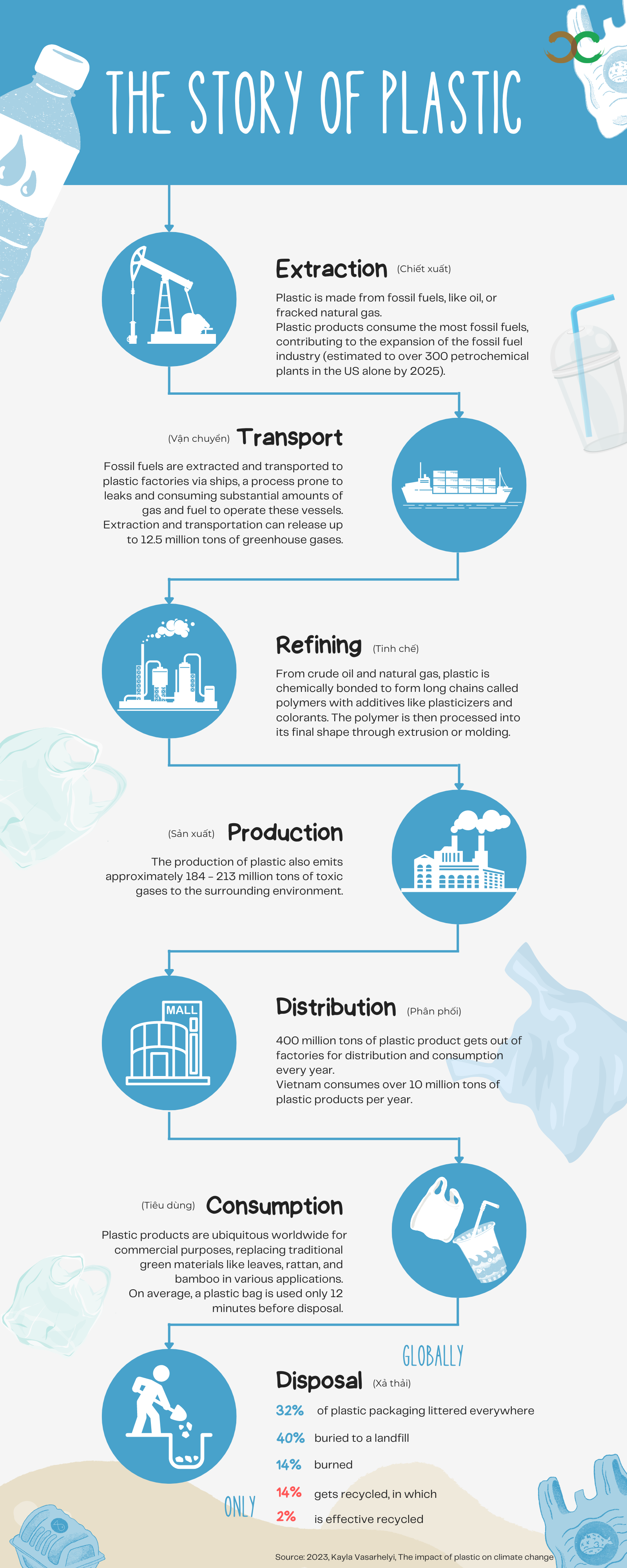
Source:
2021, The Story of Plastic: https://www.youtube.com/watch?v=iO3SA4YyEYU
2023, Kayla Vasarhelyi, The impact of plastic on climate change, https://www.colorado.edu/…/impact-plastic-climate-change
(Han Nguyen)
